The difference between the grinding thickness and fine scale of hand-brewed coffee powder? The thickness and reference standard of hand-made coffee powder?
If you are a lover of hand-brewed coffee, you will know that the following factors are one of the factors that affect the extraction and flavor of your coffee! So what does Qianjie count: water temperature, degree of grinding, ratio of powder to water, extraction time. Qianjie Coffee will discuss with you in this article, about the impact of the grinding degree of hand-brewed coffee on a cup of coffee? And share with you a copy of the data of Qianjie Coffee on the grindability of coffee beans made by competitors in stores. We all know that the most important thing that affects hand-brewed coffee is the degree of grinding of hand-brewed coffee beans. Don't underestimate this item. The size and evenness of coffee powder made from coffee beans will directly affect the efficiency of water flow to extract coffee flavor substances through the coffee powder layer. To put it bluntly, the size of coffee particles affects the contact time between coffee and water.

When other parameters are the same, the finer the coffee particles are, the higher the extraction rate is. The finer the coffee powder is ground, the larger the contact area with water and the higher the concentration of dissolved coffee; on the contrary, the thicker the coffee particles, the lower the extraction rate. The thicker the coffee powder is ground, the less the contact surface area with water, and the lower the concentration of coffee extracted. The finer the coffee powder is ground, the easier it is to accumulate on the filter paper, the higher the extraction resistance, the slower the flow rate, and then the longer the extraction time. As a result, the extraction rate of coffee will be higher. To put it simply, the coffee tastes strong. By the same token, the thicker the coffee powder is ground, the larger the gap in the powder layer will be, the less coffee powder will come into contact with water, and the weaker extraction resistance will make the coffee drip faster, so the end result is that the extraction rate is lower. In other words, it is often said that the taste of coffee is very light. So let's say that when we change one of them: the degree of grinding. The great difference between different grinding degrees on the taste of coffee is also reflected in this! This is also the reason why enthusiasts often say "about why coffee grinding is so important". Sometimes, Qianjie Coffee will discuss with guests about "what is the size of fine grinding and white sugar?" Come on, let's look at the comparison picture below.
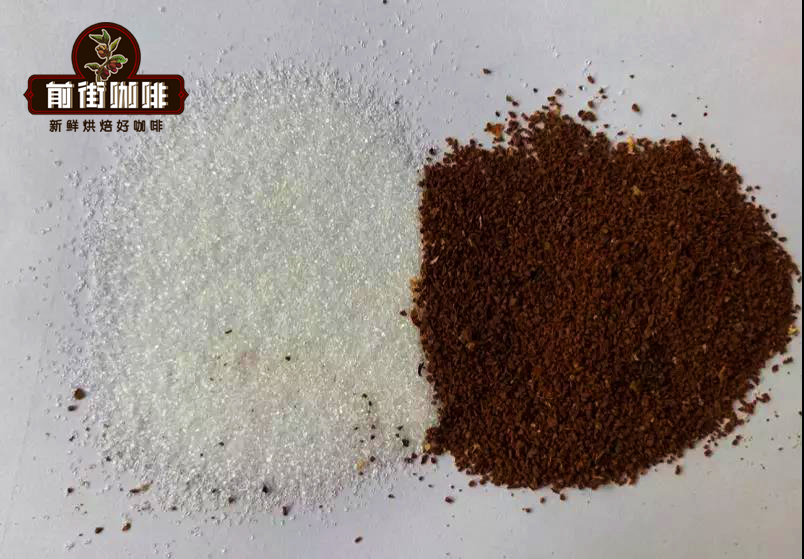
We emphasize once again that at the same gram, the finer the degree of grinding of coffee powder, the more times it will be cut, and the smaller the volume of coffee powder, the larger the area of contact between coffee powder and water; on the contrary, the lower the number of cuts, the larger the volume of coffee powder. The contact time with water will also reduce the area. In other words, the thicker the degree of grinding, the lower the concentration and extraction rate of coffee, the lower the thickness of alcohol, and the stronger the sour taste of coffee. A reliable reference standard Qianjie believes that each cafe has its own set of standards for brewing its own coffee. However, in the coffee industry, cup testing is a recognized test standard. At first, the cup test is to test the quality of raw beans, and then slowly we also use the cup test to determine the coffee flavor in determining the brewing parameters suitable for the sample. Speaking of which, you may have to take notes. The coffee grindness measured in the cup is 70-75% of the pass rate of the No. 20 screen.
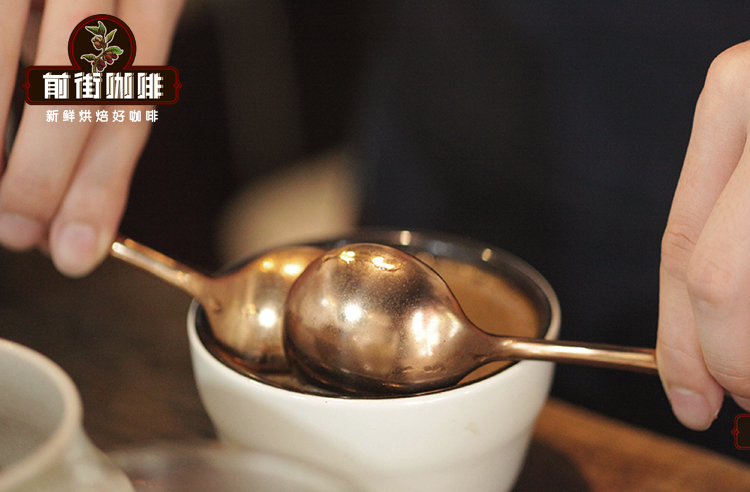
The principle of brewing is that the water is extracted from the coffee powder and then filtered out the clean coffee liquid through the filter paper. In general, the brewing time of hand-brewed coffee is short, so the degree of grinding needs to be fine. Therefore, it needs to be finer than the grinding degree measured by the cup in order to fully express the flavor of coffee. Similarly, coffee beans with different roasting degrees require different thicknesses. The grindness of the coffee baked in medium and shallow is fine (the pass rate is 75-80%), and the grindness of coffee beans roasted in medium and deep depth is thicker (the passing rate is 70-75%). Note: due to the different density and roasting degree of coffee beans, even if the same grinder, the same scale, grinding two coffee beans with different density, their coffee particles are not necessarily the same. For example, Qianjie Coffee uses EK-43s with a scale of 10, and the pass rate of grinding Ethiopian Yega Sheffield beans is 80%, while the same scale 10 grinding Columbia Rose Valley coffee beans is only 75%. Therefore, when you have doubts about the grinding thickness of beans, it is recommended that you use the same bean to confirm the grinding degree.
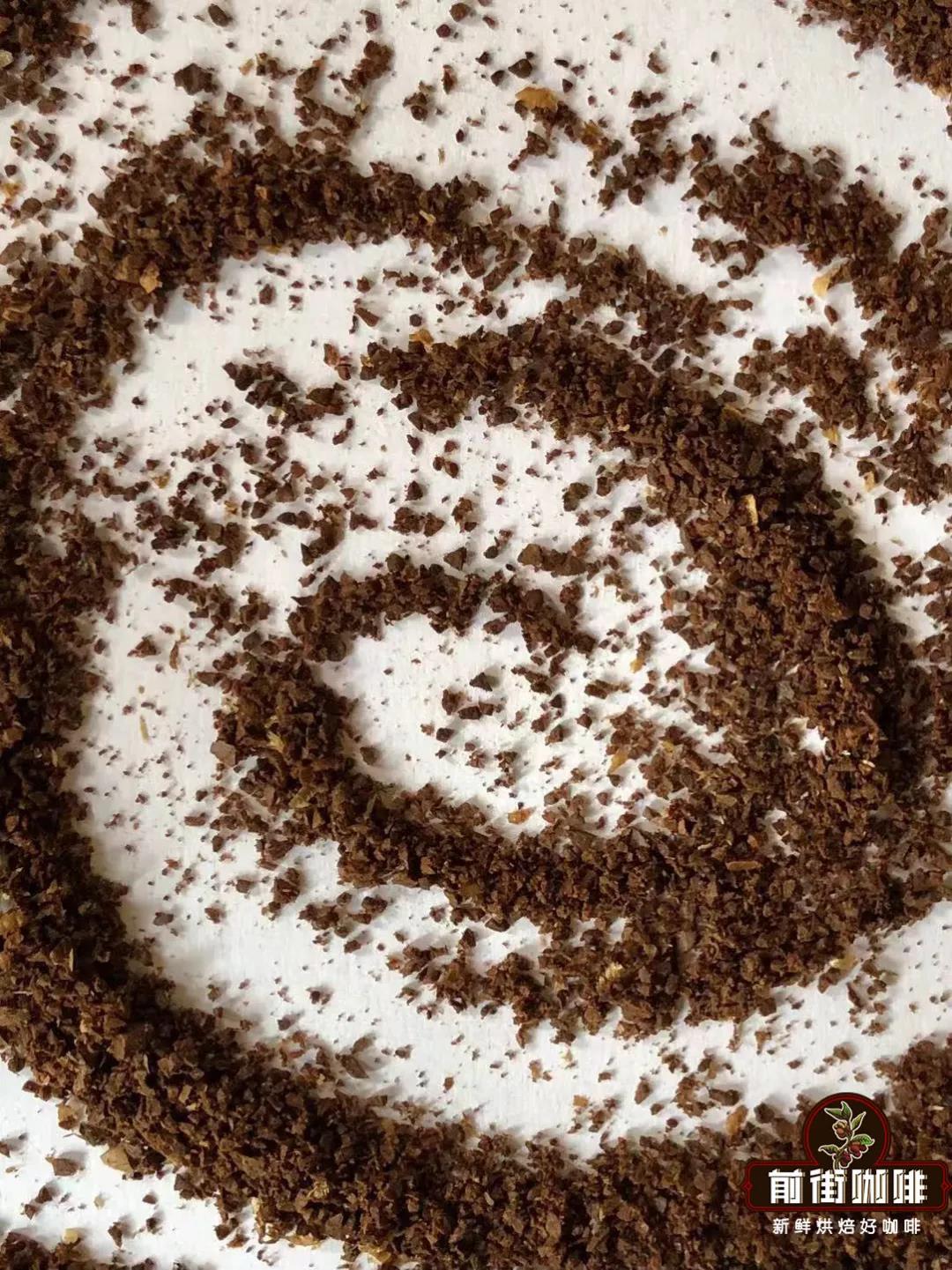
The pass rate is 70-75%.
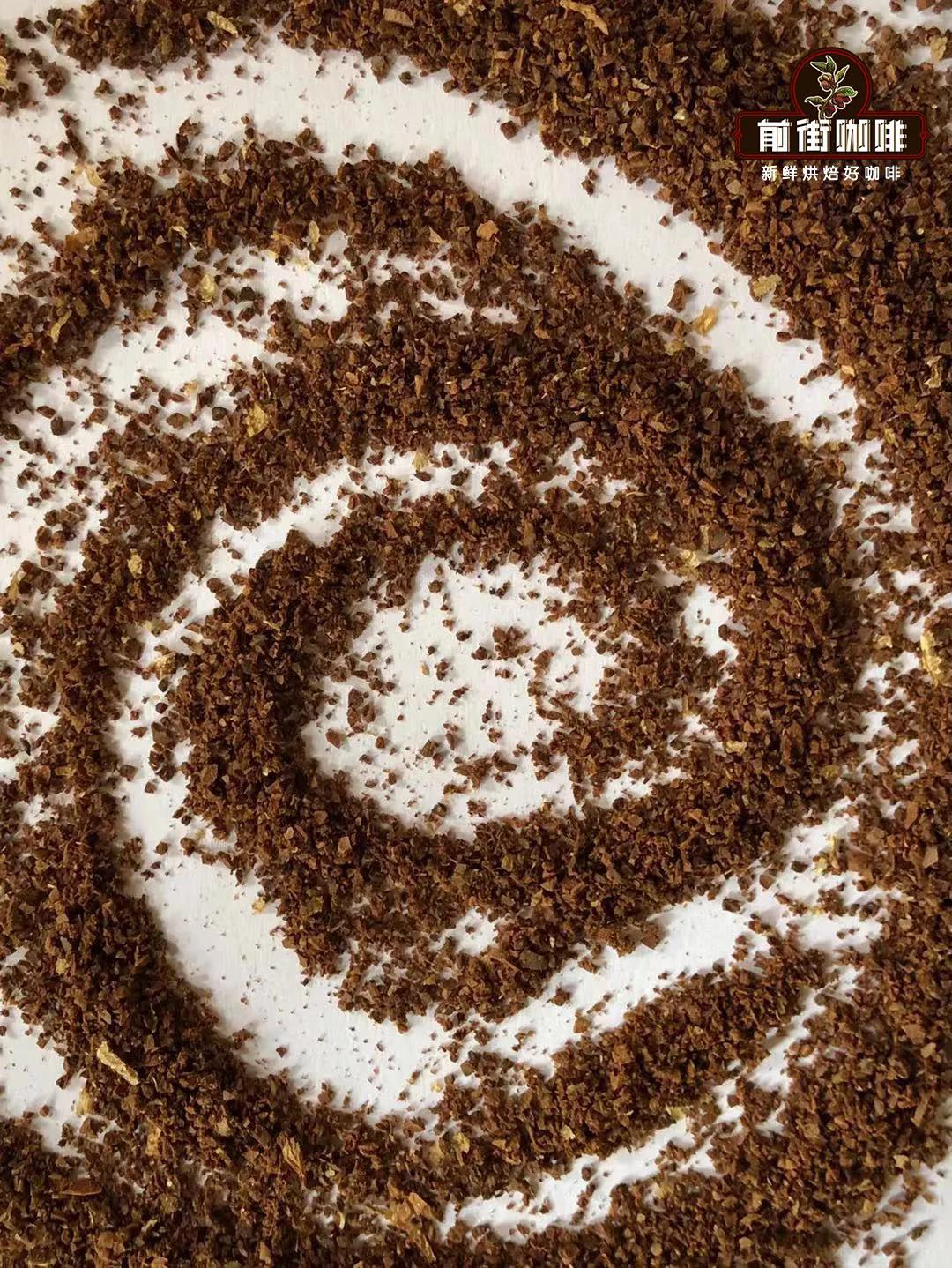
Is the coffee powder ground too finely? From the appearance of the particles, the particles look smaller, and because the particles are smaller, the distance between the particles is shorter, and the water is more difficult to pass through, so in the cooking process, the dripping time will be longer. The fine grinding degree leads to smaller particles, and the coffee powder is mushy after being filtered with water. After brewing, it is difficult to see all the coffee particles, and most of them are obviously muddy. The fine grinding degree leads to the smaller coffee powder particles, the increase of the surface area of coffee particles and the increase of the place where the water can extract coffee substances, so the concentration and extraction rate are increased, the coffee is full-bodied, bitter and astringent, and the rest of the flavor is covered. Coffee powder grinding is too rough performance? From the appearance of the particles, the appearance of the particles is larger, and because the particles are larger, the distance between the particles is larger, and the water flow is easier to pass through the coffee powder, so the filtration time is shorter in the brewing process. The coarse grinding degree leads to larger particles, coffee particles in the brewed powder bed are obvious, and it is difficult to form a complete powder bed, and there are faults. The coarse grinding degree leads to the larger coffee powder particles, the reduction of the surface area of coffee particles and the decrease of the place where the water can extract coffee substances, so the concentration and extraction rate are also reduced. The coffee is tasteless and tasteless, with a light taste and almost no flavor.
Different coffee utensils have different requirements for the fineness of coffee grinding. different coffee utensils will make the degree of grinding of coffee powder different because of their different extraction methods. Take the coffee brewers, French presses, Italian coffee machines and cold extraction ice droplets that we most often come into contact with as an example, the grindability of the coffee they use is arranged from coarse to fine: French presser > hand coffee > cold extraction ice drop > Italian coffee machine. Pressurized extraction / espresso machine grindness (it is not possible to determine the grindness with the No. 20 screen) the grindness used in the espresso machine is very fine, which is smaller than the pore diameter of the 0.85mm, so it is not possible to use the No. 20 screen to determine the grindness.
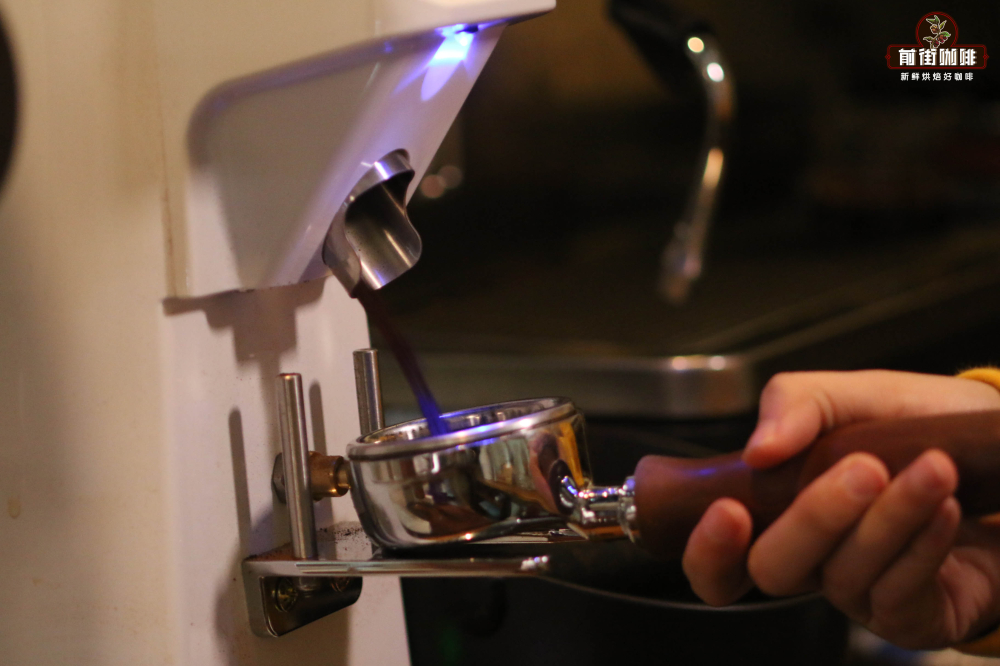
If you need to determine the degree of grinding used in making espresso, it needs to be extracted by continuous extraction and tasting. The Italian extraction scheme of Qianjie is that 20g coffee powder extracts 40g coffee liquid in 28 seconds (error is ±1). You can refer to the extraction scheme and fine-tune it according to the flavor performance of espresso.
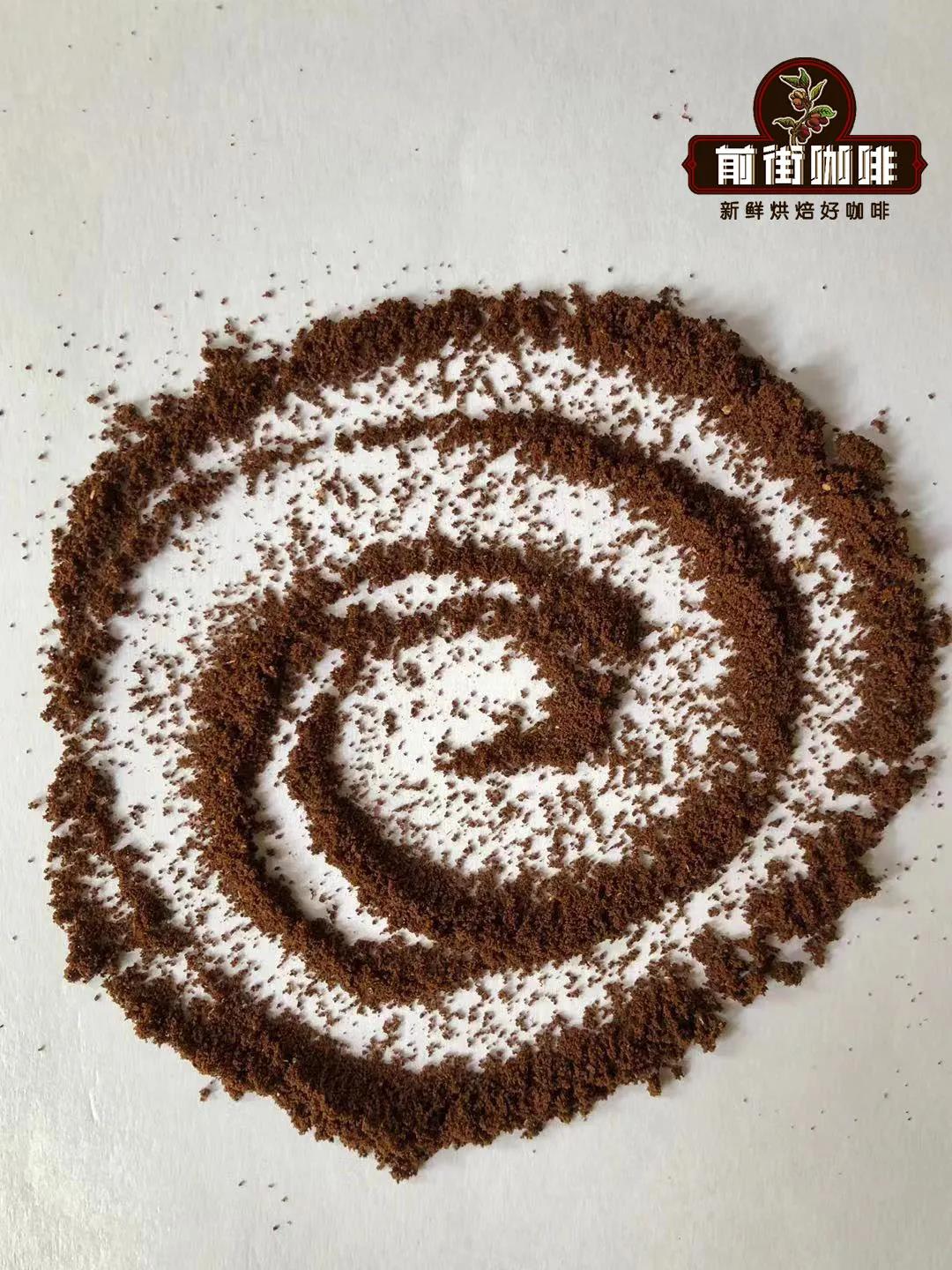
Italian grinding thickness
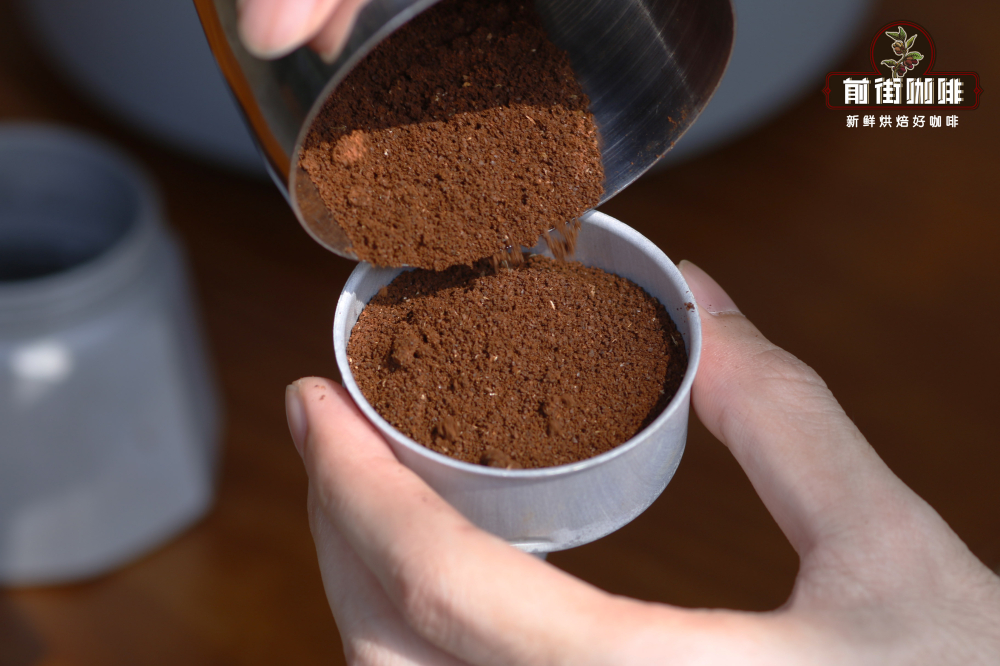
As for the degree of grinding, you can refer to the size of the gap in the powder slot of the mocha pot to ensure that the coffee particles will not pass through the gap.
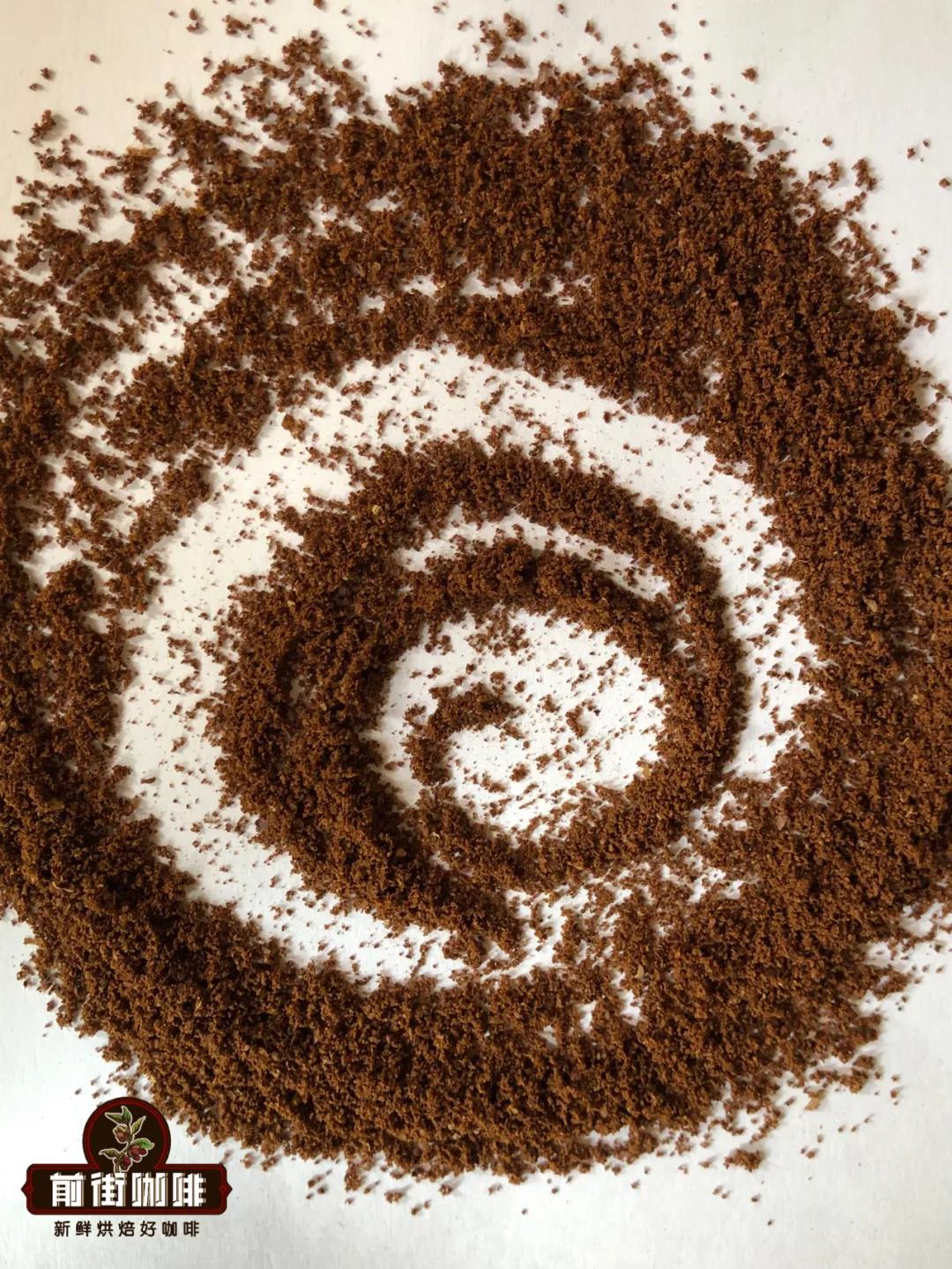
The thickness of the mocha pot
Low temperature extraction / cold extraction, ice drop coffee grindability (20 sieve pass rate 80-85%) low temperature extraction is different from high temperature extraction, in ice-water mixture / cold storage environment, the extraction efficiency of coffee is very low, so the release rate of flavor substances in coffee powder will also become slower, and the production time is also very long. The advantage of low temperature extraction is that it can fully extract sweet and sour substances while reducing the extraction of bitter substances.
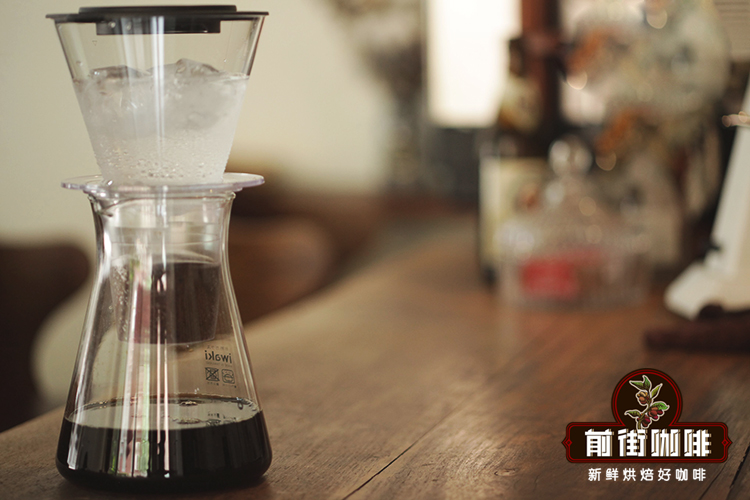
Due to the slow extraction speed, the grinding degree of coffee can be fine, but not too fine. Qianjie suggests that the grindability of coffee beans made of cold extract / ice drops should be 80-85% for No. 20 sieve, 85% for thickening points and 80% for cooler.
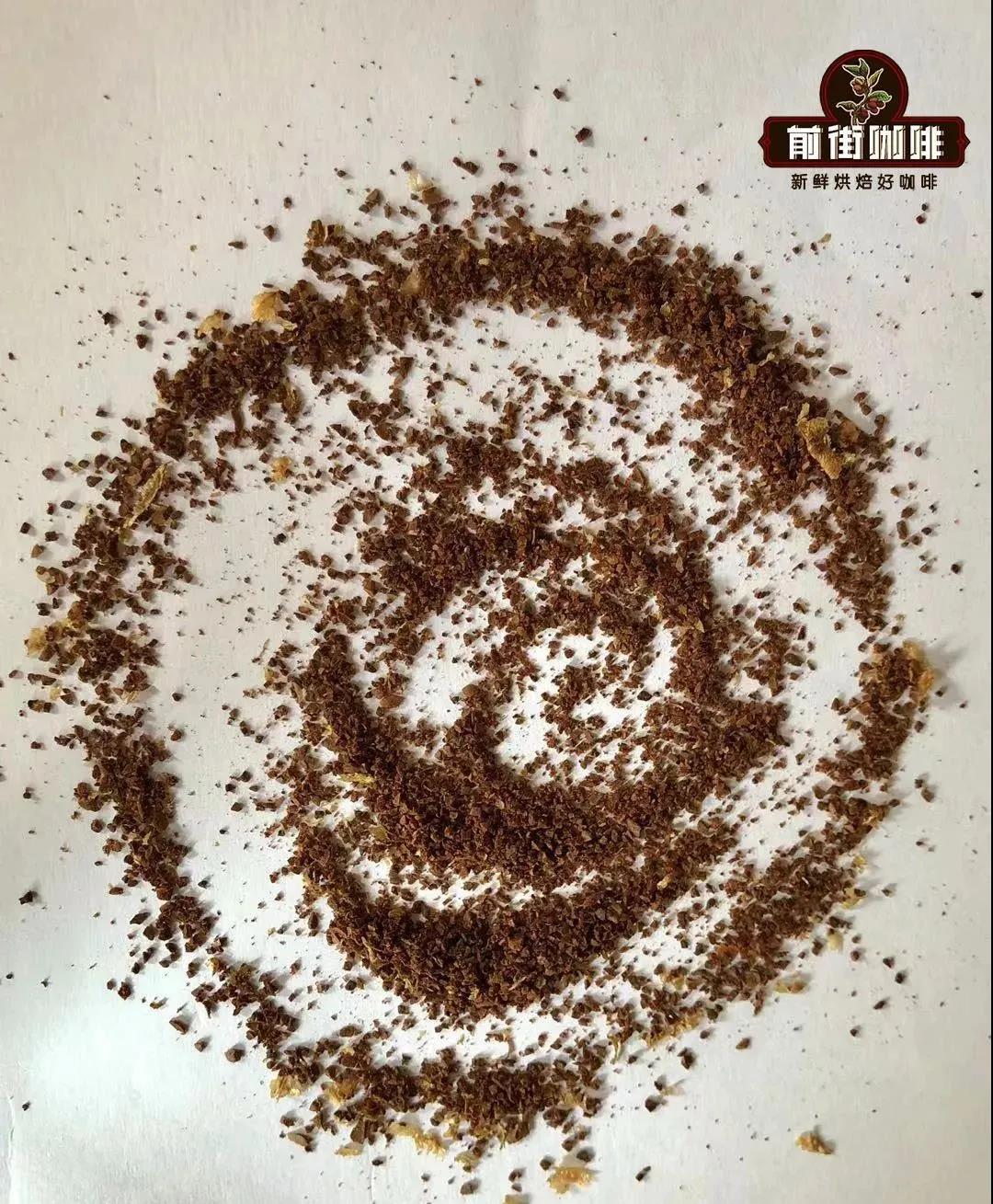
Immersion extraction / autoclave grinding degree (20 sieve pass rate 68-75%) the autoclave uses soaking form for coffee extraction, soaking time is longer (4 minutes), and its filter density is high, so the grinding degree needs to be coarse. in this way, excessive extraction can be reduced, and second, coffee particles can be better filtered.
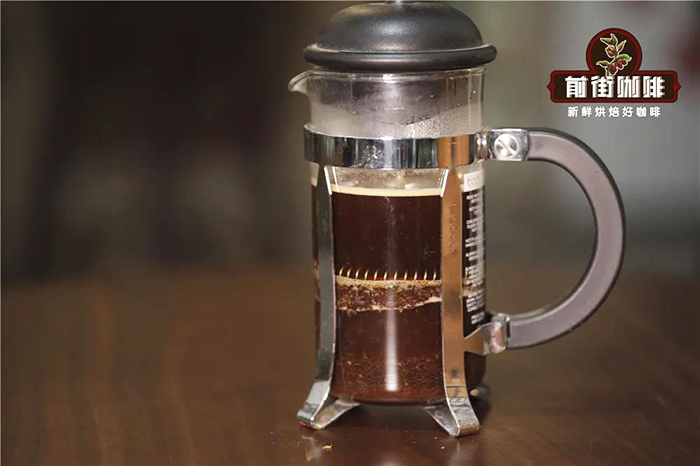
The grinding thickness required for coffee beans with different roasting degrees is different. It is recommended in the front street that the grinding thickness of light-to medium-roasted coffee beans is 70-75% of the pass rate of the No. 20 sieve, and the grinding thickness of the medium-deep roasted coffee beans is 65% of the pass rate of the No. 20 sieve.
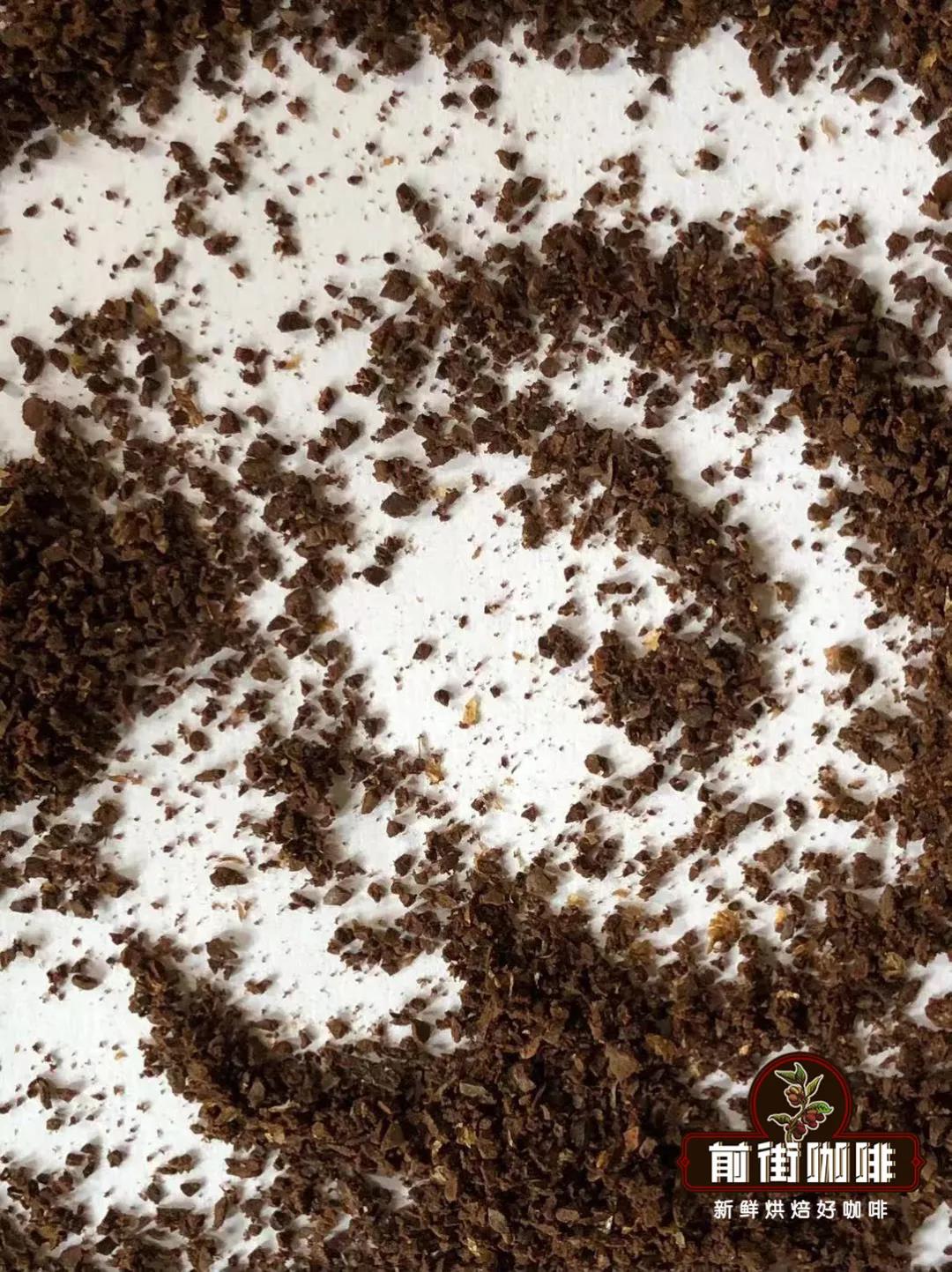
The pass rate is 65-70%.
Qianjie Coffee Reading extension No. 20 China Standard screen: the screen is used for particle size classification and particle size testing tools, as long as the standard sieves that meet the factory standards are accurate. The pore diameter of the screen is 0.85mm. The grinding and calibration of coffee is also very simple: pour the ground coffee powder into the sieve, cover it, shake horizontally, shake until no particles fall, and then weigh the particles that pass through the sieve. The result is the thickness of the coffee beans. For a simple example: grind and weigh 10g coffee powder, and the coffee powder obtained by sieving powder weighs 7.5-8g, then the grindness is 75-80% of the pass rate of the No. 20 screen.
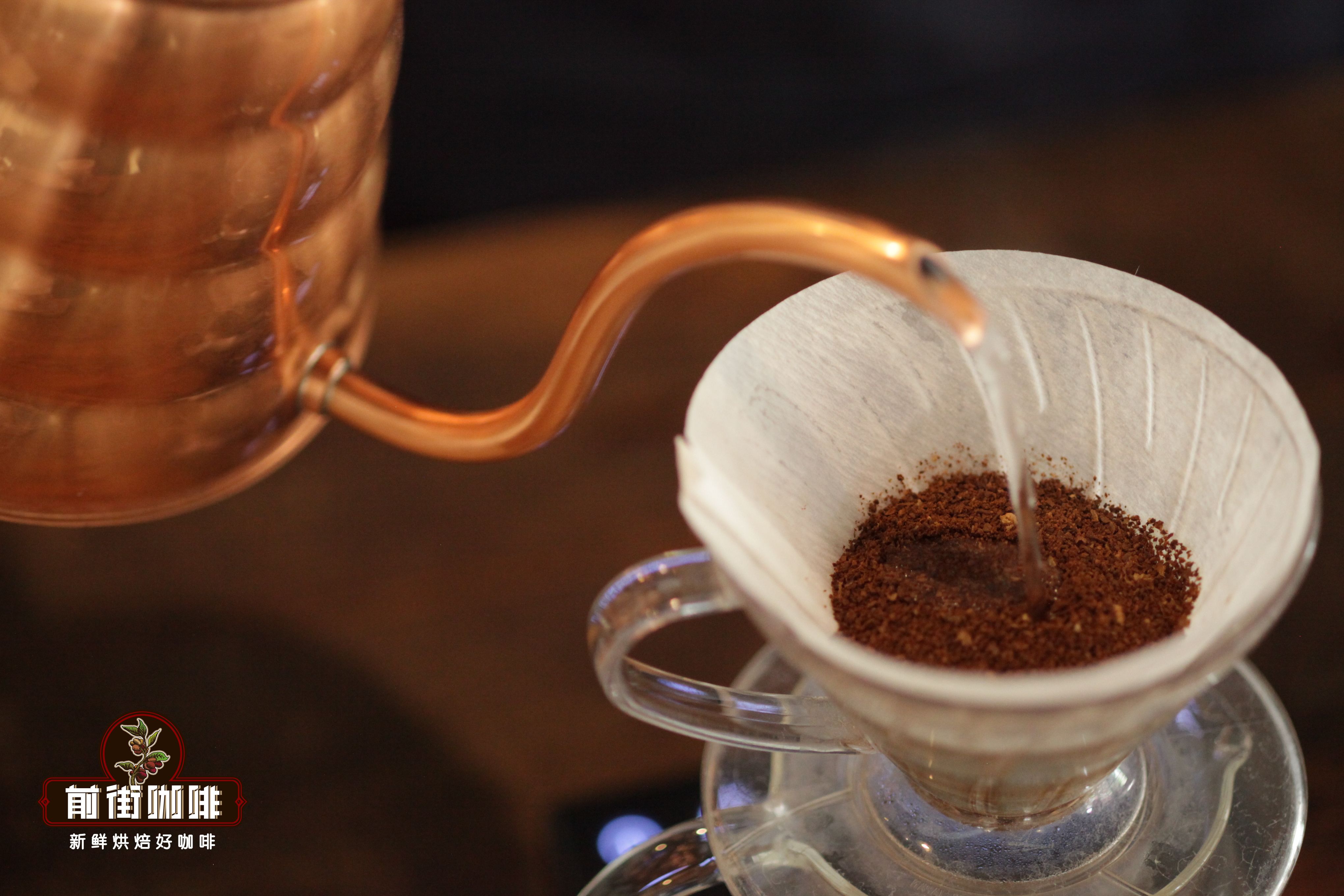
For more information about coffee beans, please follow the coffee workshop (Wechat official account cafe_style)
For professional coffee knowledge exchange, please add WeChat qjcoffeex.
Important Notice :
前街咖啡 FrontStreet Coffee has moved to new addredd:
FrontStreet Coffee Address: 315,Donghua East Road,GuangZhou
Tel:020 38364473
- Prev
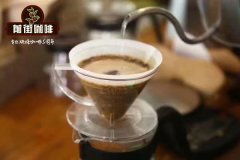
Costa Rican musicians Chopin Coffee beans Chopin Coffee beans how to make them taste good
Professional coffee knowledge exchange more coffee bean information please follow the coffee workshop (Wechat official account cafe_style) Costa Rica musicians series I think you have more or less heard, but heard of most of what Mozart, Beethoven, Bach, Chopin this bean is rare. What about Chopin in Costa Rica? The Goth of the Central American Isthmus
- Next
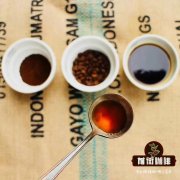
Characteristics of coffee flavor of Yegashifi red cherry anaerobic sun-drying microbatches what is an anaerobic day
Professional coffee knowledge exchange more coffee bean information please follow the coffee workshop (Wechat official account cafe_style) 2019 new production season, in Ethiopia production area, carefully selected, found this micro batch of anaerobic solarization Yega Chuefei G1, from Ethiopia DWD's Garse Station Gauss processing plant compared with last year, Ethiopia's new production season during the good weather, directly mention
Related
- Detailed explanation of Jadeite planting Land in Panamanian Jadeite Manor introduction to the grading system of Jadeite competitive bidding, Red bid, Green bid and Rose Summer
- Story of Coffee planting in Brenka region of Costa Rica Stonehenge Manor anaerobic heavy honey treatment of flavor mouth
- What's on the barrel of Blue Mountain Coffee beans?
- Can American coffee also pull flowers? How to use hot American style to pull out a good-looking pattern?
- Can you make a cold extract with coffee beans? What is the right proportion for cold-extracted coffee formula?
- Indonesian PWN Gold Mandrine Coffee Origin Features Flavor How to Chong? Mandolin coffee is American.
- A brief introduction to the flavor characteristics of Brazilian yellow bourbon coffee beans
- What is the effect of different water quality on the flavor of cold-extracted coffee? What kind of water is best for brewing coffee?
- Why do you think of Rose Summer whenever you mention Panamanian coffee?
- Introduction to the characteristics of authentic blue mountain coffee bean producing areas? What is the CIB Coffee Authority in Jamaica?

